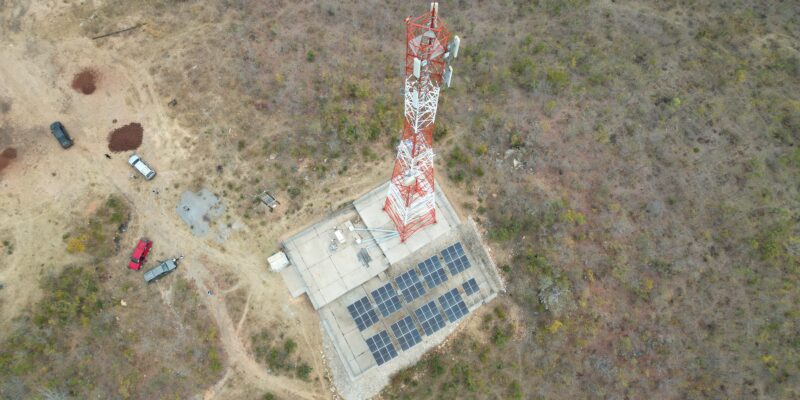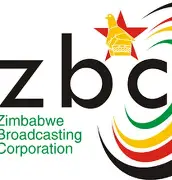The second quarter of 2025 marked a decisive moment in Zimbabwe’s connectivity journey, with the nation recording a total of 469 new base station deployments across 2G, 3G, LTE, and 5G technologies. This expansion reflects not only the aggressive push by operators to modernize their networks but also the country’s rapid shift toward data-driven communication and advanced mobile infrastructure.
The standout figure from the Postal and Telecommunications Regulatory Authority of Zimbabwe’s (POTRAZ) latest sector report is the 36.96% surge in 5G base station rollouts, growing from 184 in Q1 to 252 in Q2. Econet alone added 66 new 5G sites, underscoring its dominant position in shaping Zimbabwe’s next-generation mobile landscape. NetOne followed modestly with two new 5G deployments, while Telecel remained static, reflecting its struggle to keep pace with the evolving market.
LTE, the backbone of mobile broadband in Zimbabwe, saw a robust 8.07% increase, with 246 new installations bringing the total to 3,293 sites nationwide. This leap strengthens coverage and capacity for high-speed internet, a critical driver of digital transformation in both urban and semi-rural areas. On the 3G front, 130 new sites were rolled out, representing a 3.47% rise and reinforcing service availability for subscribers still dependent on legacy networks. Even 2G, often viewed as a fading technology, recorded a 0.50% bump with 25 additional stations—showing that voice-centric services still maintain relevance in underserved regions.
Econet continued to dominate across all infrastructure layers, boasting 2,860 2G stations, 1,876 for 3G, 1,698 LTE, and 234 5G by the end of the quarter. NetOne trailed but made significant gains in LTE with 224 new deployments, reflecting its focus on catching up in broadband provisioning. Telecel, however, stagnated, with no LTE or 5G expansion and even a net loss of one 3G site, raising questions about its future competitiveness.
The sharp rise in high-capacity networks such as LTE and 5G is poised to unlock broader economic opportunities. Faster internet speeds, lower latency, and improved reliability set the foundation for applications like cloud computing, video streaming, e-commerce, and fintech innovations. More importantly, 5G deployments are expected to power Zimbabwe’s entry into the Internet of Things (IoT), smart agriculture, AI-driven services, and industrial automation.
Yet the disparities among operators remain striking. With Econet pulling further ahead in both scale and technology depth, and NetOne narrowing gaps selectively, the sector faces the challenge of balancing competition with universal service provision. Telecel’s inertia signals risks of further market marginalization unless urgent interventions are made.
In the bigger picture, these 469 new base stations are not just statistics; they represent progress in bridging Zimbabwe’s digital divide, enhancing user experiences, and future-proofing the economy. With the country’s internet penetration now surpassing 81%, this infrastructure build-out signals a readiness for the next era of digital transformation—one where 5G no longer sits at the periphery but begins to shape the core of Zimbabwe’s technological ambitions.














Comments